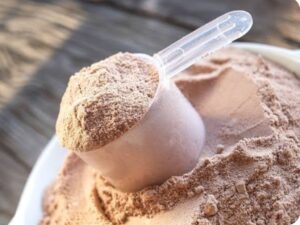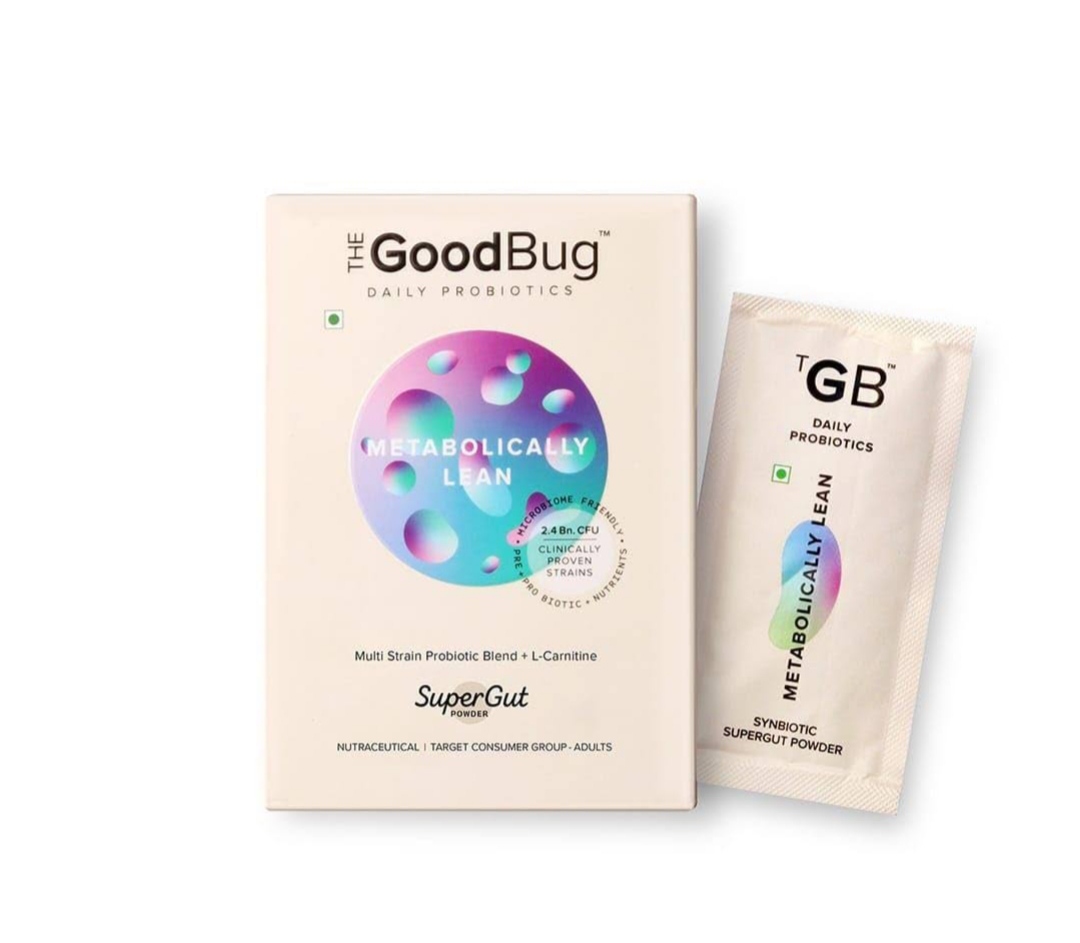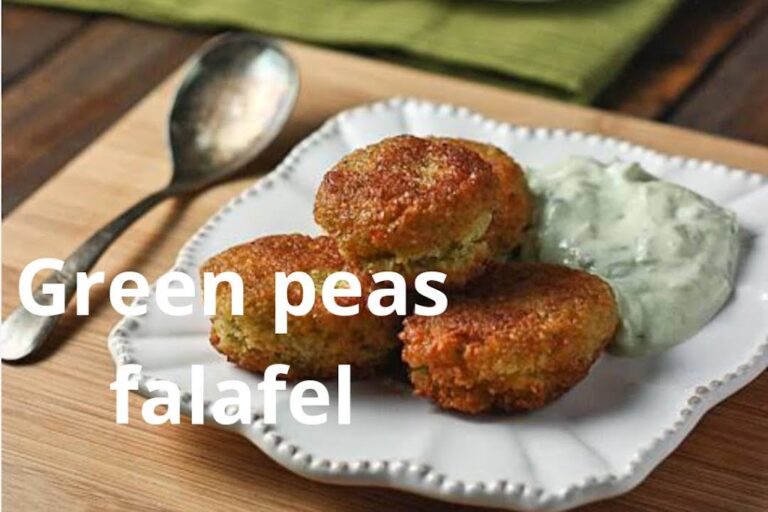INTRODUCTION:
“Welcome, all , to this informative session on fasting. Today, we’re going to explore the importance of adopting a personalized approach to fasting, tailored specifically for women.”
“Fasting has been practiced for centuries and offers so many health benefits. However, it’s essential to recognize that women’s bodies have unique physiological and hormonal characteristics, which require a thoughtful and individualized approach to fasting.”
SECTION 1: Understanding Women’s Physiology
“Before diving into the specifics topic of how women should fast differently, let’s take a moment to understand their unique physiology.”
“Women experience hormonal fluctuations throughout their menstrual cycle, affecting their energy levels, mood, and metabolism. These fluctuations are a crucial aspect we must consider when designing fasting strategies.”
Women experience different level of energy, mood, during there phases of menstrual cycle.
SECTION 2: The Different Phases of the Menstrual Cycle
“The menstrual cycle consists of four distinct phases: the Menstrual Phase, the Follicular Phase, the Ovulatory Phase, and the Luteal Phase.”
“During the Menstrual Phase, women might experience lower energy levels and may prefer more relaxed fasting approaches. The Follicular Phase sees a gradual increase in energy, allowing for more flexibility in fasting patterns.”
“The Ovulatory Phase, occurring midway through the cycle, brings peak energy levels and could be an ideal time for more intense fasting if desired. Lastly, the Luteal Phase presents hormonal changes that might make fasting more challenging, emphasizing the need for gentle fasting strategies.”
During ovulatory phase women increase hours of fasting , and they can play with different kinds of fasting , like 24 hrs water fasting, low-carb fasting.
During Luteal phase , due to mood change and low emotional state they might feel eating different or variety of food . In this phase you can try to eat atleast nutrition rich food and reduce junk food.
SECTION 3: Tailoring Fasting Methods for Women
“Now that we understand the importance of aligning fasting with the menstrual cycle, let’s explore some tailored fasting methods for women.”
“Intermittent fasting involves cycling between fasting and eating periods. Women may find that aligning the fasting window with their hormonal changes can optimize results and reduce potential discomfort.”
Research suggests, During follicular and ovulatory phase women can fast 16 hrs
And during Luteal phase 12-13 hrs fasting can be follow.
“Time-restricted feeding limits daily eating to specific hours. Women can adapt this approach based on their individual energy levels during different phases of their cycle.”
“Modified fasting allows for a more flexible approach, permitting the consumption of a limited number of calories during fasting periods, which can be particularly beneficial during the Luteal Phase.”
Depending upon your body need you can follow this diet or fasting types.
SECTION 4: Listening to Your Body
“The key to successful fasting lies in listening to your body and being attuned to its needs.”
[Scene shifts to show women engaging in various physical activities, meditation, and self-care practices.]
“During your fasting journey, it’s essential to nourish your body with nutrient-dense foods, stay well-hydrated, and get plenty of rest.”
SECTION 5: Seek Professional Guidance
“Remember, each woman is unique, and what works for one may not work for another. Seeking guidance from healthcare professionals, nutritionists, or registered dietitians can provide valuable insights into developing a fasting plan tailored to your individual need ”
Taking Professional help is all good idea ,if you starting something new or playing with your body.
Do read about – healthy meal planning
CONCLUSION:
“As we conclude , let’s celebrate the incredible power and resilience of the female body. By embracing personalized fasting approaches, we can unlock its full potential and achieve improved overall health and well-being.”
Thank you for connecting ☺️



















